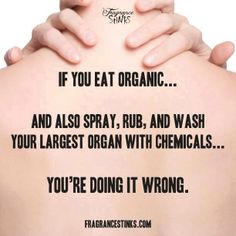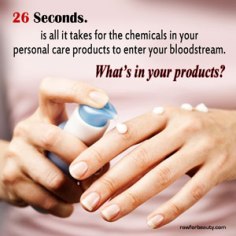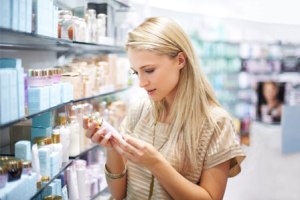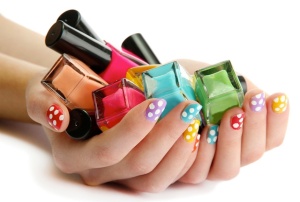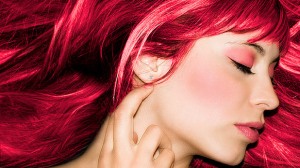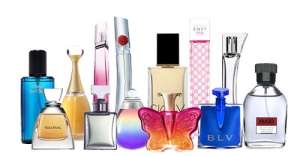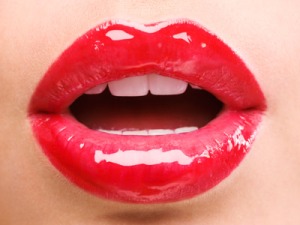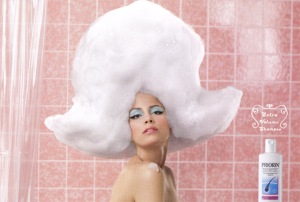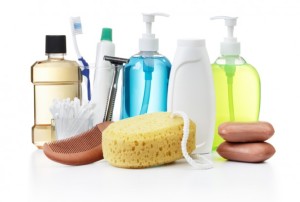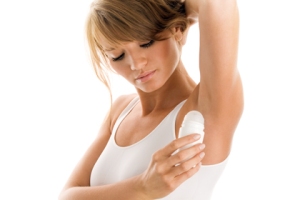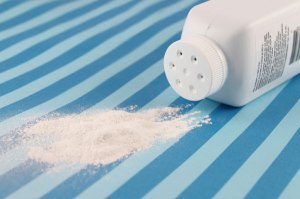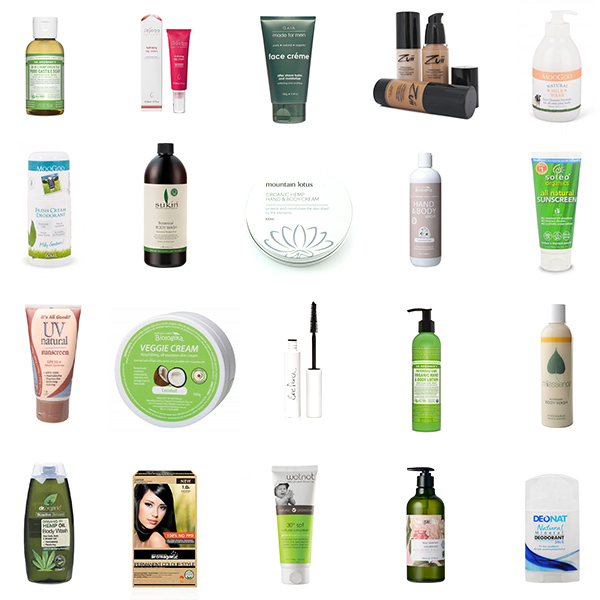
If you like making healthier choices about what food you eat but haven’t yet replaced your chemical-laden personal care and beauty products, it’s time to find healthier alternatives.
Your skin is your body’s largest organ and absorbs the creams, powders, sprays and lotions we put on it. Around 10,500 industrial chemicals are used as cosmetic ingredients, many of which are carcinogens, pesticides, reproductive toxins, endocrine disruptors, plasticisers (chemicals that keep concrete soft), degreasers (used to get grime off auto parts) and surfactants (they reduce surface tension in water, like in paint and inks). These chemicals are absorbed into your bloodstream through your skin.
“We really need to start questioning the products we are putting on our skin and not just assume that the chemicals in them are safe,” warns Biochemist Richard Bence. “We have no idea what these chemicals do when they are mixed together. The effect could be much greater than the sum of the individual parts.”
With research showing that the average woman absorbs over 500 different synthetic chemicals into her body every day due to personal care and cosmetic products, and over 2kg of chemicals through her skin every year, we can see why it’s so important to be informed of the dangers of these chemicals.
Let’s take a closer look at some common everyday products along with some healthier alternatives.
SHAMPOO
Many shampoos contain parabens, DEA, Cocamide DEA or Lauramide DEA, sodium lauryl sulfate or sodium laureth sulphate, synthetic fragrances and parfum. These chemicals have been shown to interfere with hormone function (endocrine disruption), cause certain cancers, lead to liver damage, cause allergies and migraines, among a few other side effects.
The alternative: TMP Organics offers a great range of hair care products that don’t include the worst chemical offenders. We stock Giovanni, Biologika, Miessence, Sukin, Dr Organics, Australian Native Botanicals Hair Care, and Acure Hair Care.
MOISTURISER
A lot of moisturisers use similar ingredients to shampoo including parabens, synthetic fragrances and DEA, but they can also include BHA and BHT, PEGS, Petrolatum, Mineral Oil and Siloxanes. These additional ingredients are used as preservatives, thickeners, moisture-carriers, moisture barriers and softeners, but they can also have harmful effects. BHA/BHT can cause cancer and interfere with hormone function. Mineral Oil slows down cell development. Siloxanes can damage the liver and may impair fertility and cause uterine tumours.
The alternative: Many companies are creating effective and affordable moisturisers and TMP Organics stock a fantastic range. Our brands include Biologika, Miessence, Sukin, LaMav, Gaia, Dr Organics, The Jojoba Company, Mountain Lotus, Eco Care Body, Uni Organics, Lavern, Ausganica and Dr Bronner’s.
DEODORANT
The worst offender in deodorant is aluminium which is usually found in antiperspirant deodorants. Aluminium-based compounds form a temporary plug within the sweat duct that stops the flow of sweat to the skin’s surface. It is often linked to Alzheimer’s and brain disorders and is a possible risk factor in breast cancer. It is a neurotoxin that also binds and sticks to our red and white blood cells and hormones that can lead to microvascular strokes which cause many other serious issues.
The alternative: There are several excellent natural deodorants available that are both safe and effective. TMP Organics stock DeoNat Natural Mineral Deodorant, Lafe’s Crystal Deodorant and MooGoo Fresh Cream Deodorant.
COSMETICS, HAIR DYES AND NAIL POLISH
Cosmetics are often harmful chemical cocktails, whether they be powders, liquids, creams, sprays, pencils, gels, dyes, glosses, lacquers or polishes. Some ingredients to look out for are Parabens, Dibutyl Phthalate (DBP), Butylated Hydroxyanisole or Butylated Hydroytoluene, Coal Tar Dyes, PEGS, Petrolatum, Mineral Oil, Siloxanes, Heavy Metals and Talc. Talc is a carcinogen known to cause ovarian cancer, and can be extremely harmful if inhaled. Heavy metals build up in the body over time and are known to cause varied health problems, which can include: cancer, reproductive and developmental disorders, neurological problems; memory loss; mood swings; nerve, joint and muscle disorders; cardiovascular, skeletal, blood, immune system, kidney and renal problems; headaches; vomiting, nausea, and diarrhoea; lung damage; contact dermatitis; and brittle hair and hair loss. Many are suspected hormone disruptors and respiratory toxins, and for some like lead, there is no known safe blood level.
The alternative: There are now plenty of better options available to those who love cosmetics but don’t want to harm their body. TMP Organics offers these brands: Eco Tan, Zuii Makeup, Ere Perez Makeup, Aromaganic Permanent Hair Colour, Hemp Organics and Nancy Evans.
SUNSCREEN (WITH RETINYL PALMITATE, OXYBENZONE AND OCTYL METHOXYCINNAMATE)
When many of the chemicals used in popular sunscreens are exposed to sunlight, reactions occur between the sunscreen’s active and inactive ingredients and the epidermis. Toxic reactions include inflammation, dermalogical effects, allergic reactions and photogenotoxic (DNA altering) effects. Chemical sunscreens have ingredients that actually promote cancer.
The alternative: Try one of our natural sunscreens without the nasties. We currently stock Wotnot, Soleo and UV Natural Sun Products.
BODY WASH
Some beautifully coloured, delicious-smelling body washes seem tempting until you look at the ingredients list. Parabens, DEA, Coat Tar Dyes, PEGS, Mineral Oils, SLS… there’s not a lot in them that you’d want being absorbed into your bloodstream.
The alternative: TMP Organics stocks some beautiful natural body washes from brands like Biologika, Miessence, Sukin, MooGoo, Dr Organics, Melrose Liquid Castile Soaps, Ausganica and Dr Bronners’.
There’s a common adage that says, “the dose makes the poison”. If you do a mental stocktake of the products you use in the morning, throughout the day and in the evening, how often these products are applied and how long they stay on your skin, it’s not hard to see how we end up absorbing hundreds of chemicals a day. Some of these chemicals have no known safe limits. Why gamble with your health?
Come into TMP Organics this week and take a look at our wide range of personal care and beauty products. You’ll be amazed by the quality and you’ll be eager to ditch the chemical cocktails you currently have on your shelves. We can’t wait to see you and help you make the switch to healthier alternatives.
TMP Organics Butcher and Supermarket
North West Plaza
97 Flockton Street
McDowall, Brisbane, QLD.
View the original article HERE.
